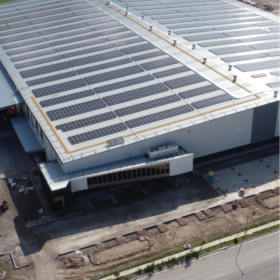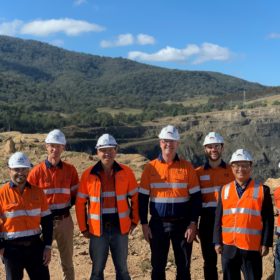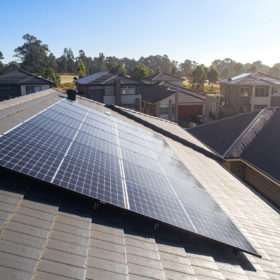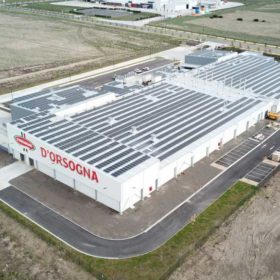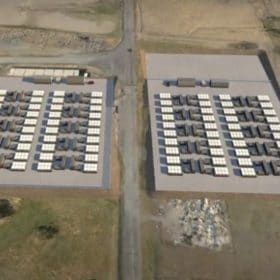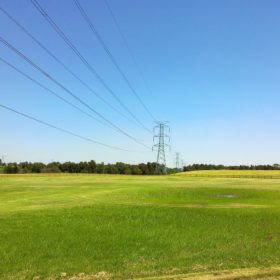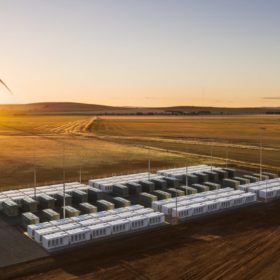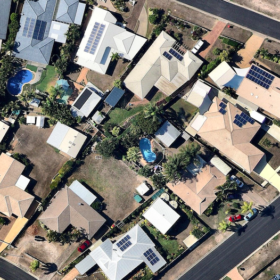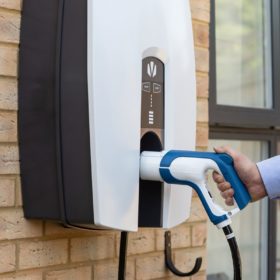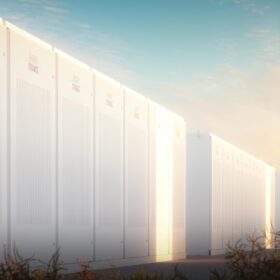CEFC loan enables industrial property developments with ‘potential to revolutionise energy use’
International developer Frasers Property Group, which owns Australian-based Frasers Property Australia, has secured a $300 million sustainability linked loan with $75 million provided by the Australian government. The loan will see innovative clean energy technologies installed two Australian industrial projects in New South Wales and Victoria.
Hunter Valley coal void moves closer to filling with pumped hydro
AGL is transforming its operations in a number of ways, from restructuring the company itself, to building energy storage facilities for flexible distribution of renewable energy into the future.
South Australia unveils new export limits for rooftop solar
South Australia’s electricity distributor SA Power Networks has announced plans to introduce new ‘flexible’ export limits for rooftop solar PV in some areas of the state in a bid to manage the growing amount of distributed energy resources and associated network congestion.
AGL partners with Finnish company to deliver C&I customers hybrid energy systems
Energy giant AGL has signed a memorandum of understanding with Finnish technology company Wärtsilä, to develop large-scale hybrid energy systems for AGL’s commercial and industrial customers.
Battery storage systems 30% cheaper than rival gas peaker plants for firming renewables
The contest is over. Faster, cheaper, more flexible than gas turbines … battery energy storage must be the future peaking energy service provider of choice says the hard evidence exposed in a new paper by the Clean Energy Council.
AEMC hands down final decision on cashflow rule change
The Australian Energy Market Commission has again rejected requests from transmission network operators TransGrid and ElectraNet to allow for a change of rules governing financing arrangements for large-scale transmission projects considered critical for Australia’s shift to 100% renewables.
ACT faces ‘substantial’ electricity bill increase, Evoenergy blames renewable energy targets
Evoenergy has blamed the Australian Capital Territory’s renewable energy targets for its proposed price hike, which would see average residential customers pay around 40% more for network charges, amounting to around $280 per year.
Researchers target rooftop solar in hunt for grid security
A new research project being led by the University of New South Wales will investigate how rooftop solar PV and other distributed energy resources (DER), including small-scale batteries can be best integrated into Australia’s power grid.
Clean energy technologies can provide grid security for less, study finds
New research shows renewables plus batteries would be able to offer Australia’s electricity grid the same energy security as coal and gas generators, leading to calls for regulatory changes.
AGL teams up with Ovo to digitise energy management in Australian households
AGL has announced a joint venture with the UK’s Ovo Energy for exclusive Australian rights to its Kaluza smart energy platform. The partnership comes at a time when grid stability is a hot topic and energy management systems are a key tool for owners of rooftop solar to optimise their investment.
